The legend i chose for Budapest is one of the many about King Matthias of Hungary.
Matthias the I (Hungarian: Hunyadi Mátyás), was King of Hungary and Croatia for 32 years between 1458 and 1490. In this time he was also elected to be King of Bohemia and had the titel of Duke of Austria. After his father, the regend of Hungary died, Matthias was imprisoned along with his older brother, on the orders of King Ladislaus the Posthumous. King Ladislaus was as Duke of Austria, and King of Hungary, Croatia and Bohemia. He feared the regands sons. Matthias elder brother was executed, the people rebelled and the king fled the country. With the help of his uncle Matthias than became king after King Ladislaus died shortly after he fled Hungary.
Matthias Corvius is now and was for a long time before that prasied by the people. But in his time he was hated and cursed out for the high taxes he introduced to finance a new standing army. Sadly after him there were worst kings and politicans. Because of that and the conquests he made, his reign is now rememberd as a positiv time. There are many legends about “Matthias the Just”, which he was named because he was rumored to wander among his subjects in disguise, to see for himself if somebody was treated unjustly. He also rather promoted the careers of people with abilities than of those born into aristocracy. Matthias is not only part of many hungarian legends, he can be found in many other slavic folktales too.
Today i bring you:
– King Matthias and the Shepherd Who Never Lied –
also known as: The Lamb with Golden Fleece
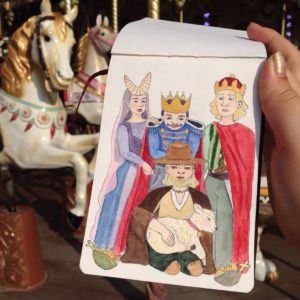
Once upon a time, the Prussian king was a guest in the court of the Hungarian king Matthias. They were good friends. “I hear you have a lamb with golden fleece” – he said. “Is this true?” – asked the Prussian king. – “Yes” – said Matthias. “And I have a very good shepherd, too. He never lies.” – replied Matthias. – “I can make him lie” – said the king of Prussia with a smile. – “I don’t think so” – king Matthias doubted. – “Do that, and half of Hungary is yours” – Matthias said. “But I know my shepherd well, and no one can make him lie.” – “I can” – said the Prussian king. “Or half of Prussia is yours, Matthias.” – “Very well” – said the Hungarian king. They agreed.
The Prussian king left to find the shepherd. But first, he changed his clothes and dressed as a peasant. Then he went to look for the shepherd. The Prussian king said hello to the shepherd. – “Greetings, Lord King!” the shepherd answered. – “How do you know me in these clothes?” – “I can hear your voice, and it’s in the way you speak” – answered the shepherd. “What do you want?” – “I have six horses for you” – said the Prussian king. “But first you must give me the lamb with the golden fleece.” – “No!” – said the shepherd. “I can’t steal from King Matthias.” – “I’ll give you a lot of gold if you give me the lamb with the golden fleece” – bargained the king. – “I’m not interested in money, and I can’t give you the lamb. King Matthias will execute me” – the shepherd replied. – “What about ten horses?” – asked the Prussian king. – “No!” – answered the shepherd.
So the king went back home to Prussia. He told his daughter about the shepherd. – “I’d like to meet him” – she said. And she took a bag of gold and a bottle of wine with her. “Look!” – she said to the shepherd. “I can give you a bag of gold for your sheep with the fleece of gold!” – “Never!” – said the shepherd. “I don’t need your money!”
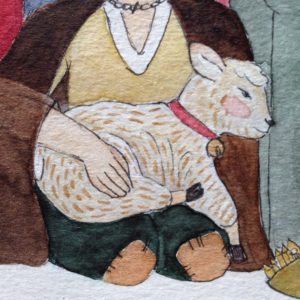 The princess stayed and persuaded the shepherd to drink some wine with her. After a while he began to feel very happy. “All right” – he said. “Take the sheep with the fleece of gold. But first you must give me a kiss and be my wife.” – “Very well. But I want only the sheep’s fleece, not the meat” – she answered. The girl took the fleece back to her father. And the Prussian king was very happy.
The princess stayed and persuaded the shepherd to drink some wine with her. After a while he began to feel very happy. “All right” – he said. “Take the sheep with the fleece of gold. But first you must give me a kiss and be my wife.” – “Very well. But I want only the sheep’s fleece, not the meat” – she answered. The girl took the fleece back to her father. And the Prussian king was very happy.
The next day, the shepherd was very upset. He didn’t know how to explain this to King Matthias. He came up with many lies in his mind, but they were all doomed. Finally, he arrived at the throne room. What can I tell him about the fleece? He thinks. I don’t want to lie.
“Good morning!” said King Matthias to him. “What is the news from the field? Where’s the lamb with the fleece of gold?” “I don’t have it any more” – said the shepherd. “I changed it for a black one. Now I have a black lamb.” “I see. And where is this black lamb?” – Asked Matthias angrily. “She is sitting next to you!” – said the shepherd. And he looked at the Prussian king’s daughter. “You told the truth!” – King Matthias said. “As a reward, I’ll give you the Prussian king’s half kingdom that I have won.” “And I give you my daughter” – promised the Prussian king. “I can see you’re in love with her.”
And so it happend that a shepherd did become the next Prussian king.
– The End –
The Prussian princess and king are depicted in prussian blue and King Matthias in the colors of Hungary. The shepherd has also some green tones in his trousers to represent hiss loyalty to the King. As said before, there are many tales about Matthias and in general you can’t take a legend as historical accuracy. At the time Matthias lived, Prussia f.e. was not yet a kingdom, only a dukedom in the polish kingdom. But the tales very well show the principes King Matthias lived by and which were important to him f.e. that he valued honesty.
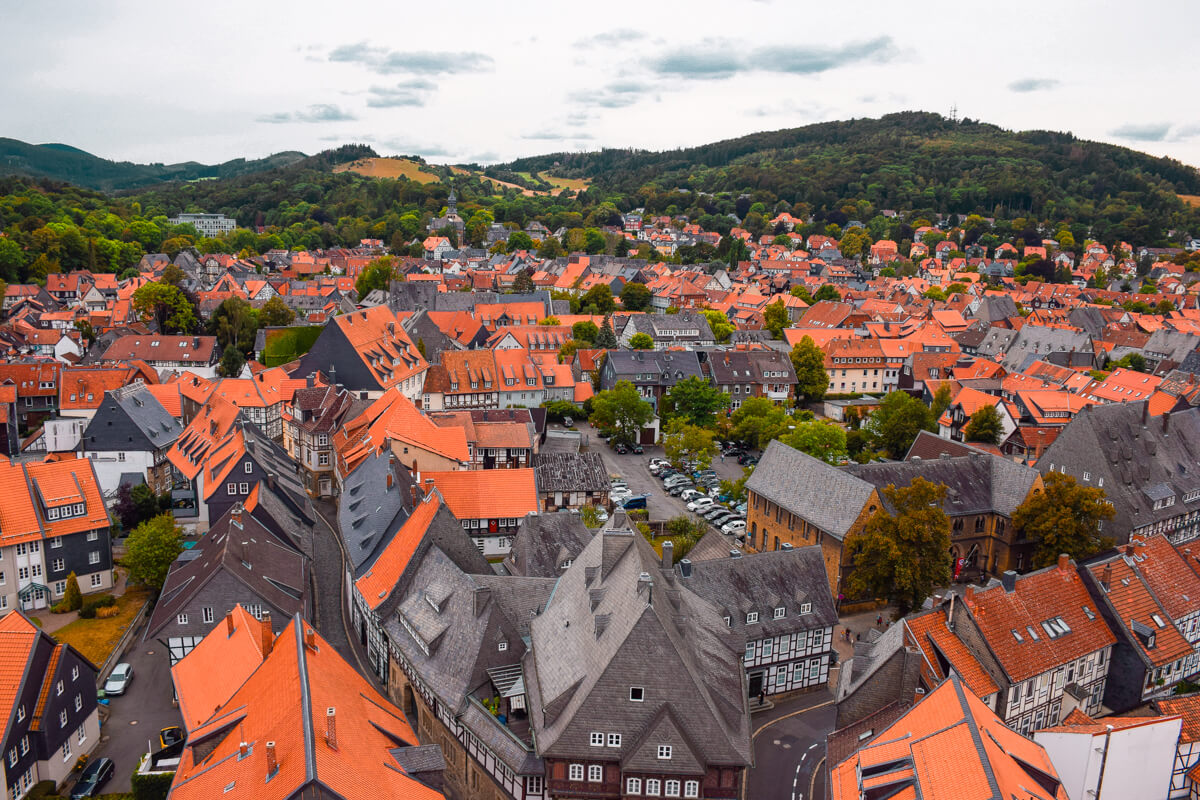
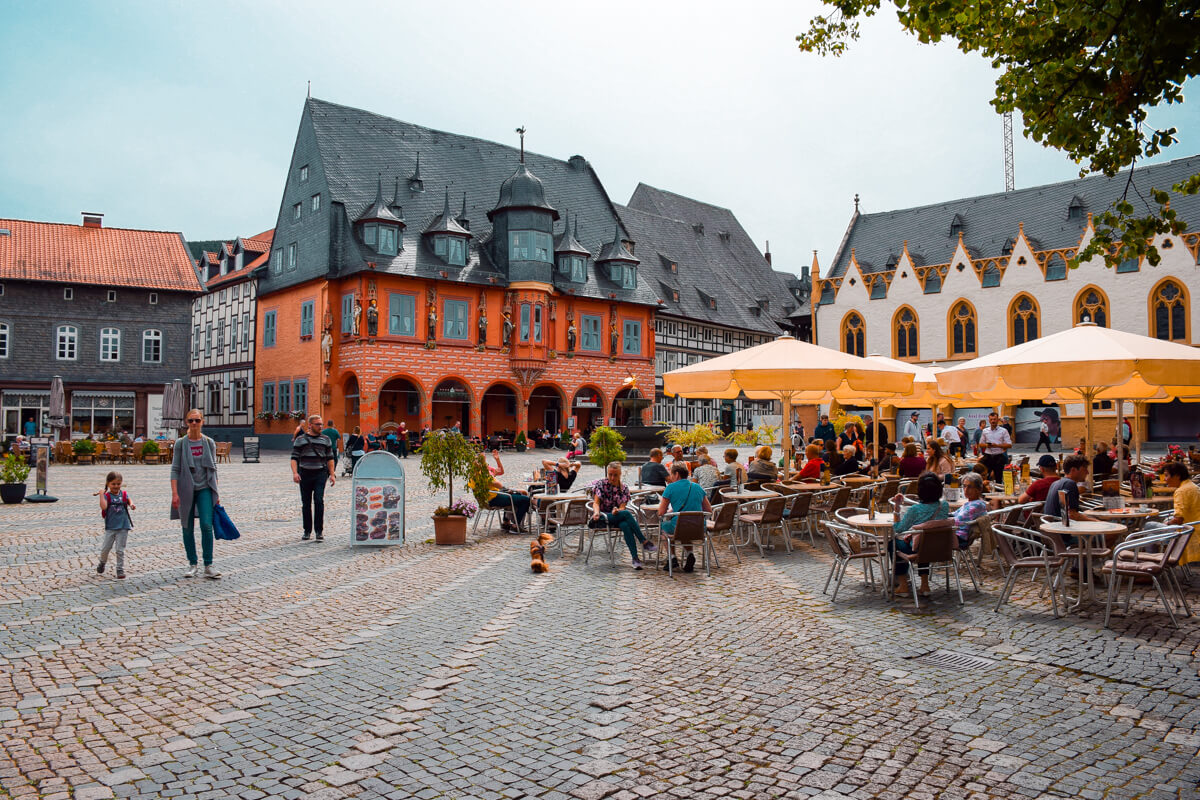
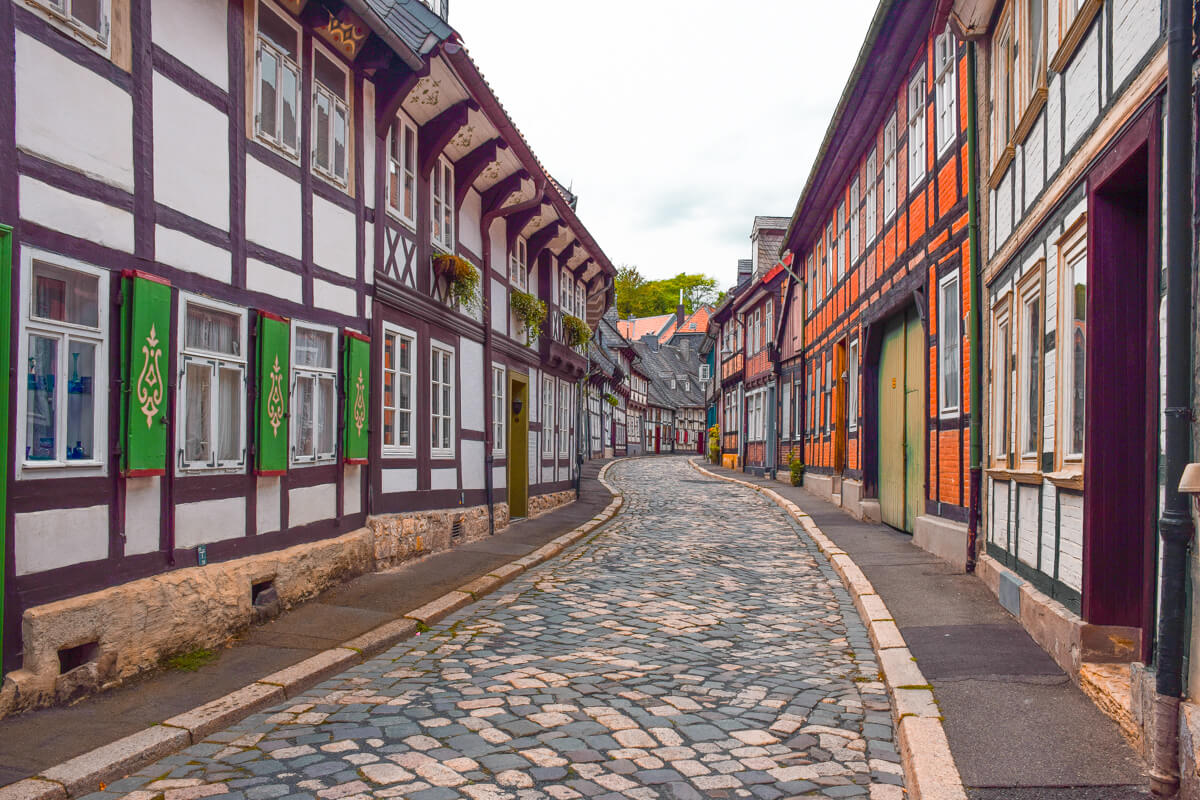
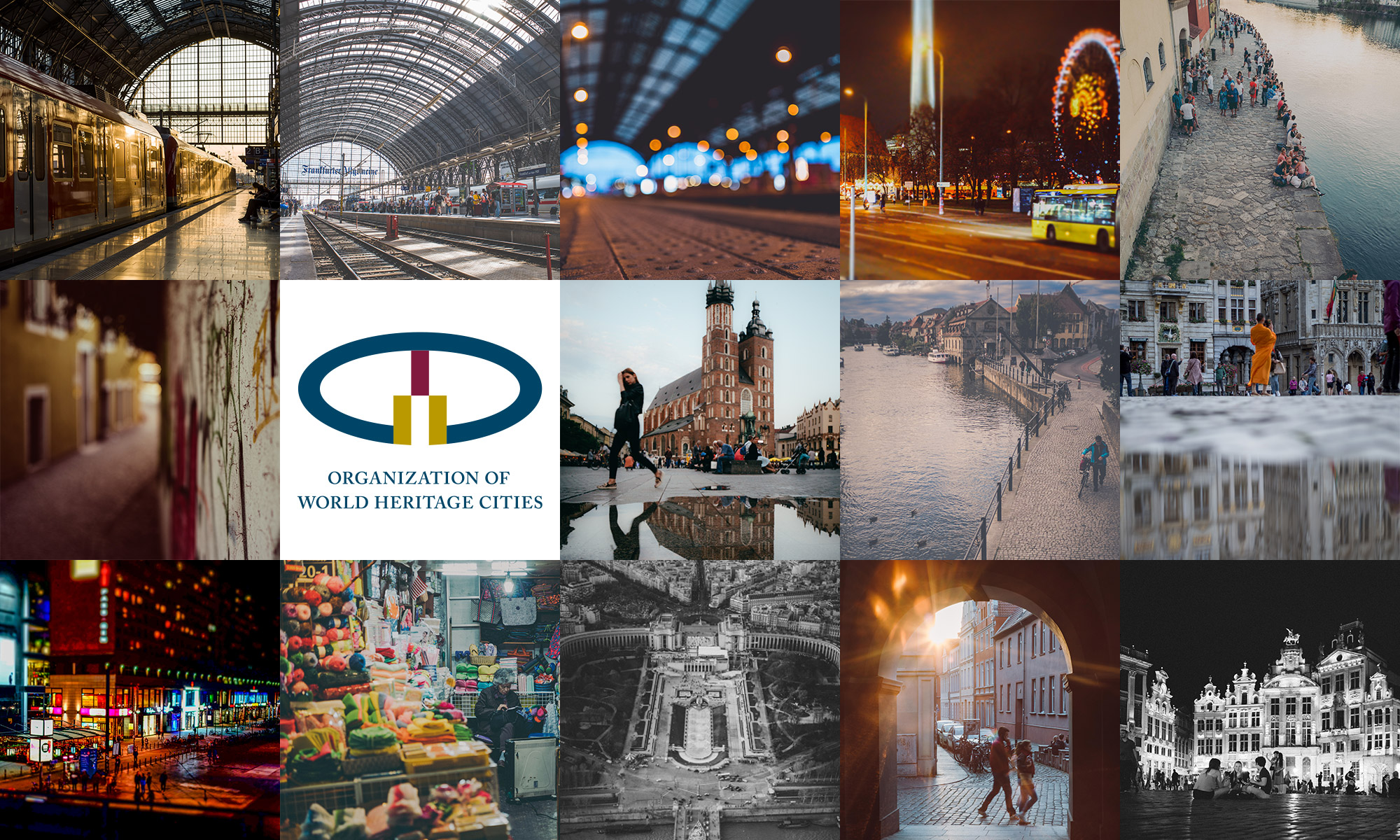
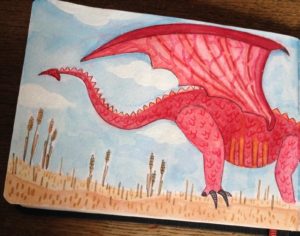
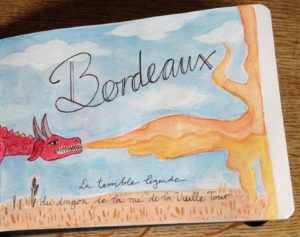
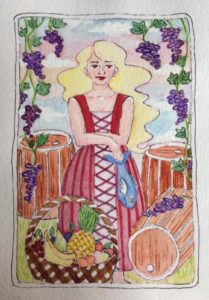
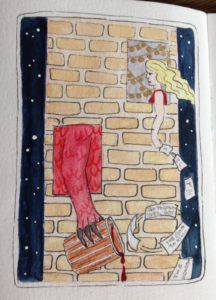 window when the dragon wasn’t looking. Of course the people found the clues and searched everywhere for the staff but the weapon was nowhere to be found in Bordeaux.
window when the dragon wasn’t looking. Of course the people found the clues and searched everywhere for the staff but the weapon was nowhere to be found in Bordeaux. 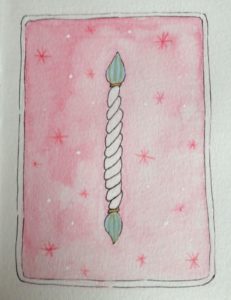 The name of the girl allegedly was Nicolette. She was very pretty, very intelligent and a ploughman’s daughter. The dragon told her he could only be forced to leave the tower by presenting him with the miraculous stick of Saint Martial, a pastoral staff endowed with miraculous powers, which Pope Saint Peter had given to Martial a long time ago before sending him to convert Aquitaine to Christianity. The staff had been in the Limoges Cathedral for years. Twelve jurats from Bordeaux were sent to Limoges to negotiate the loan of the famous staff, six were held hostage to guarantee the loan and the staff of Saint Martial finally
The name of the girl allegedly was Nicolette. She was very pretty, very intelligent and a ploughman’s daughter. The dragon told her he could only be forced to leave the tower by presenting him with the miraculous stick of Saint Martial, a pastoral staff endowed with miraculous powers, which Pope Saint Peter had given to Martial a long time ago before sending him to convert Aquitaine to Christianity. The staff had been in the Limoges Cathedral for years. Twelve jurats from Bordeaux were sent to Limoges to negotiate the loan of the famous staff, six were held hostage to guarantee the loan and the staff of Saint Martial finally 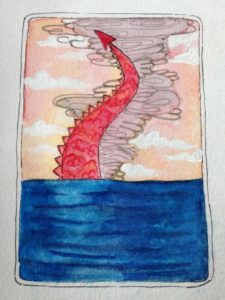 arrived in Bordeaux.
arrived in Bordeaux. 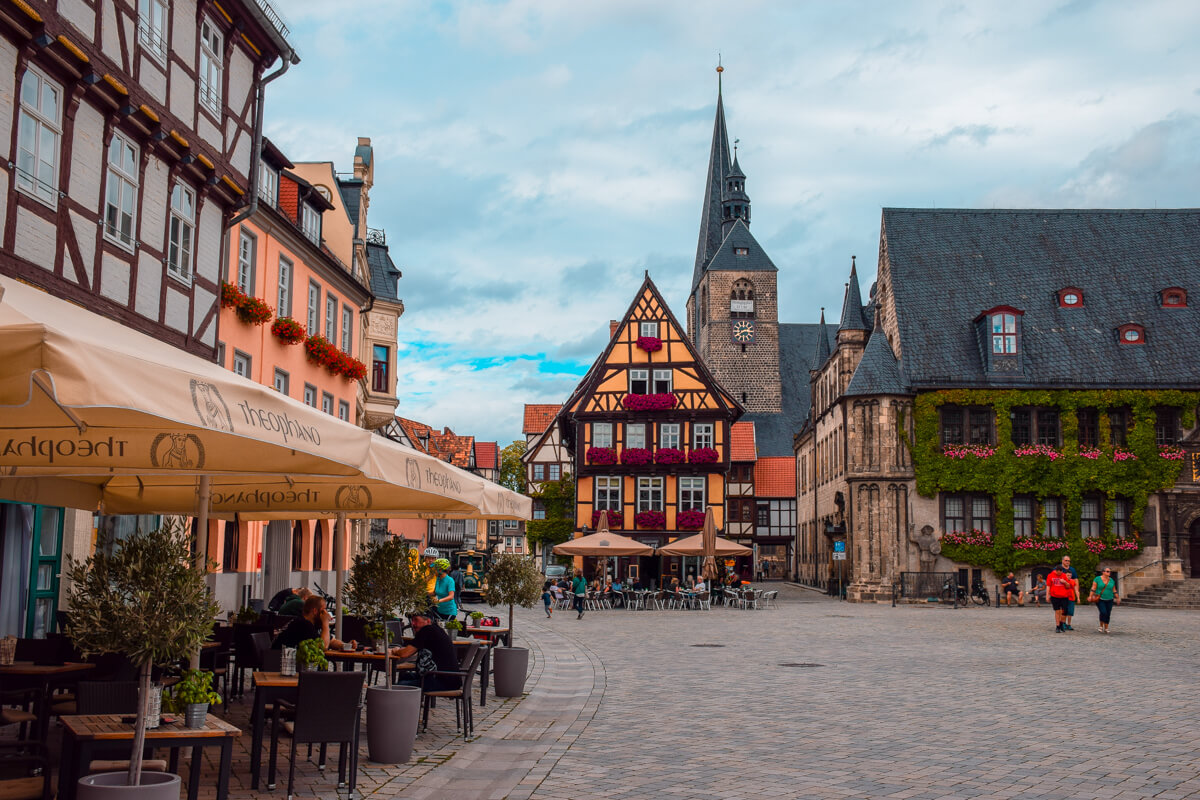
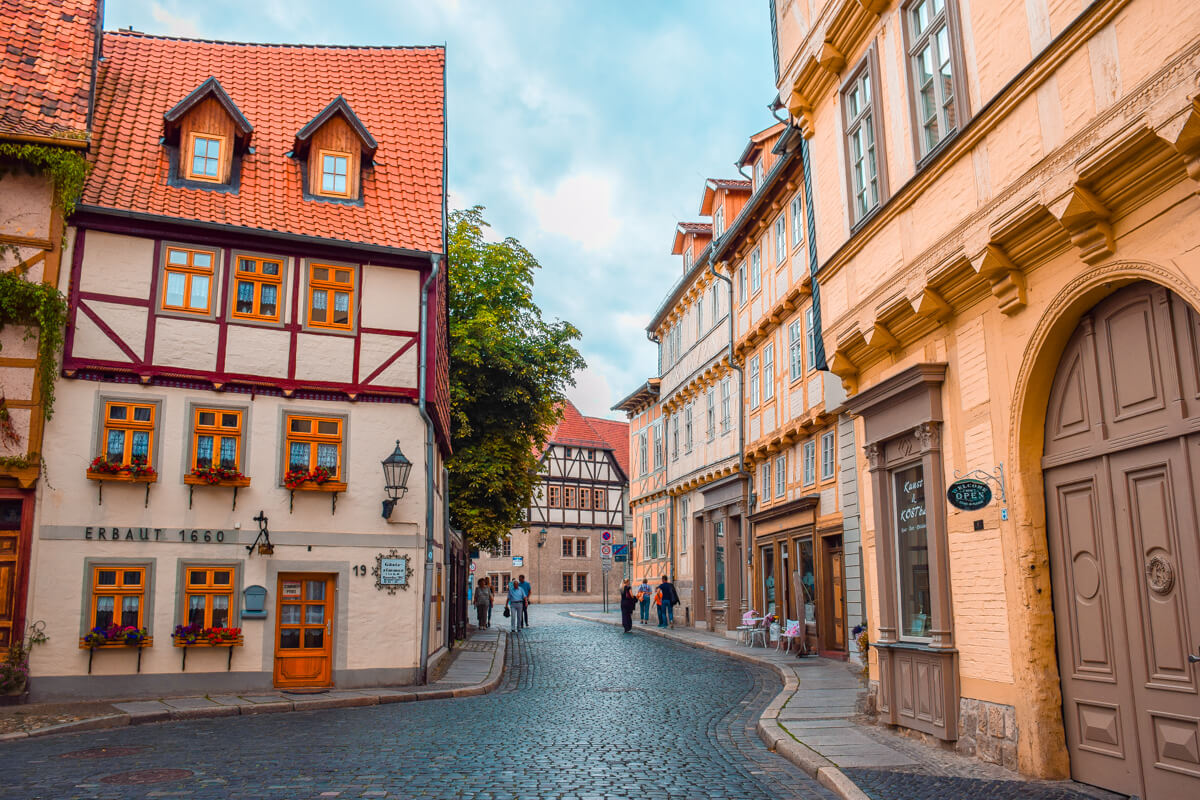
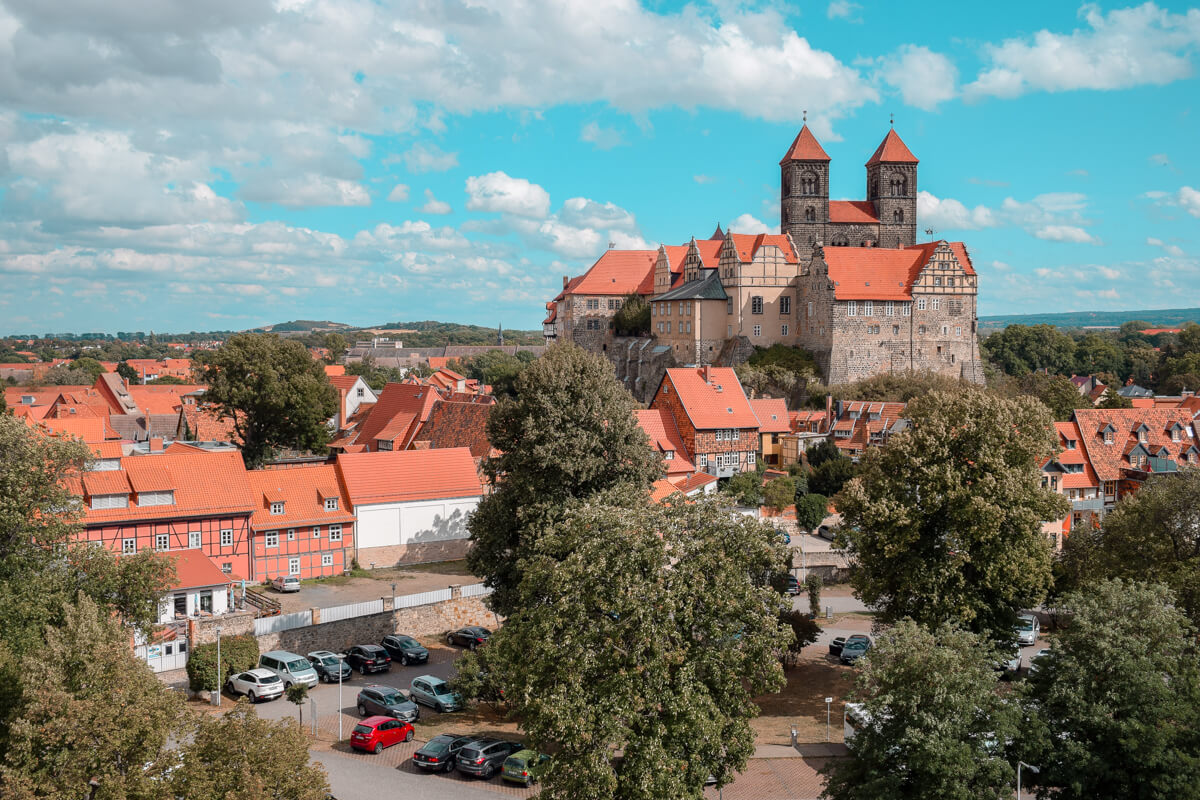
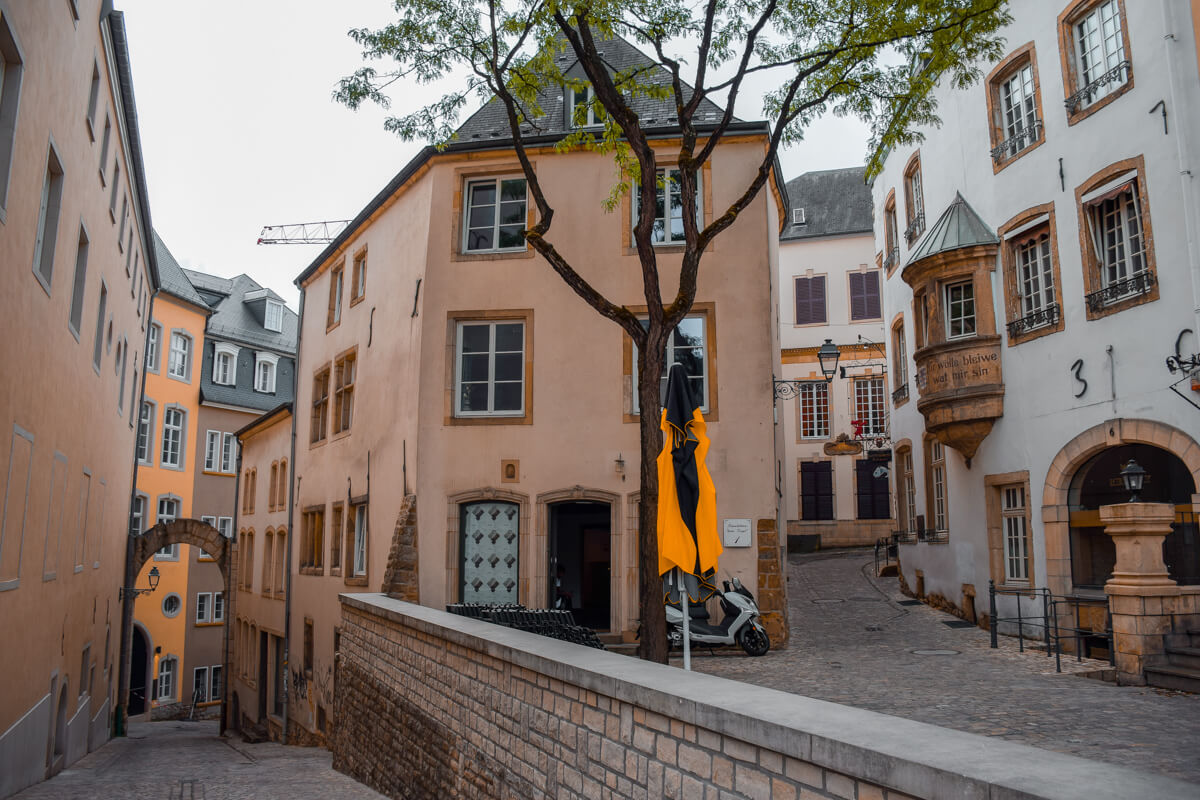
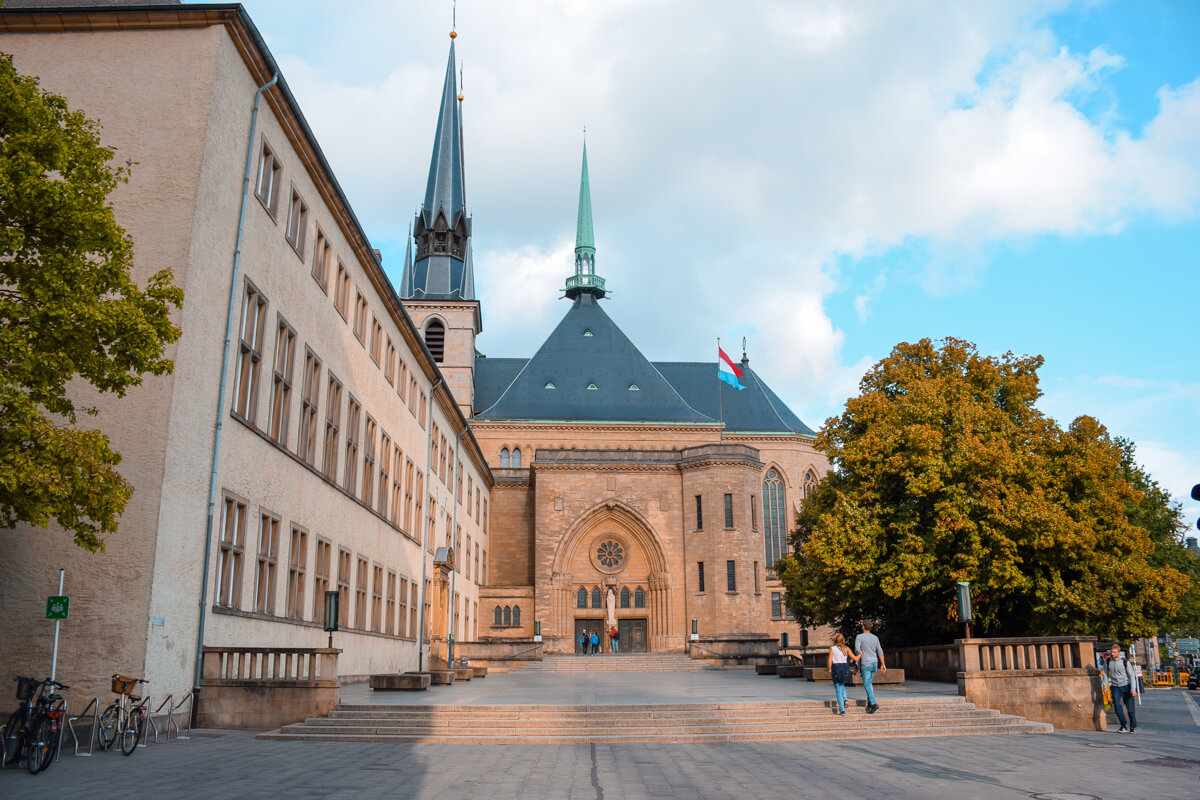
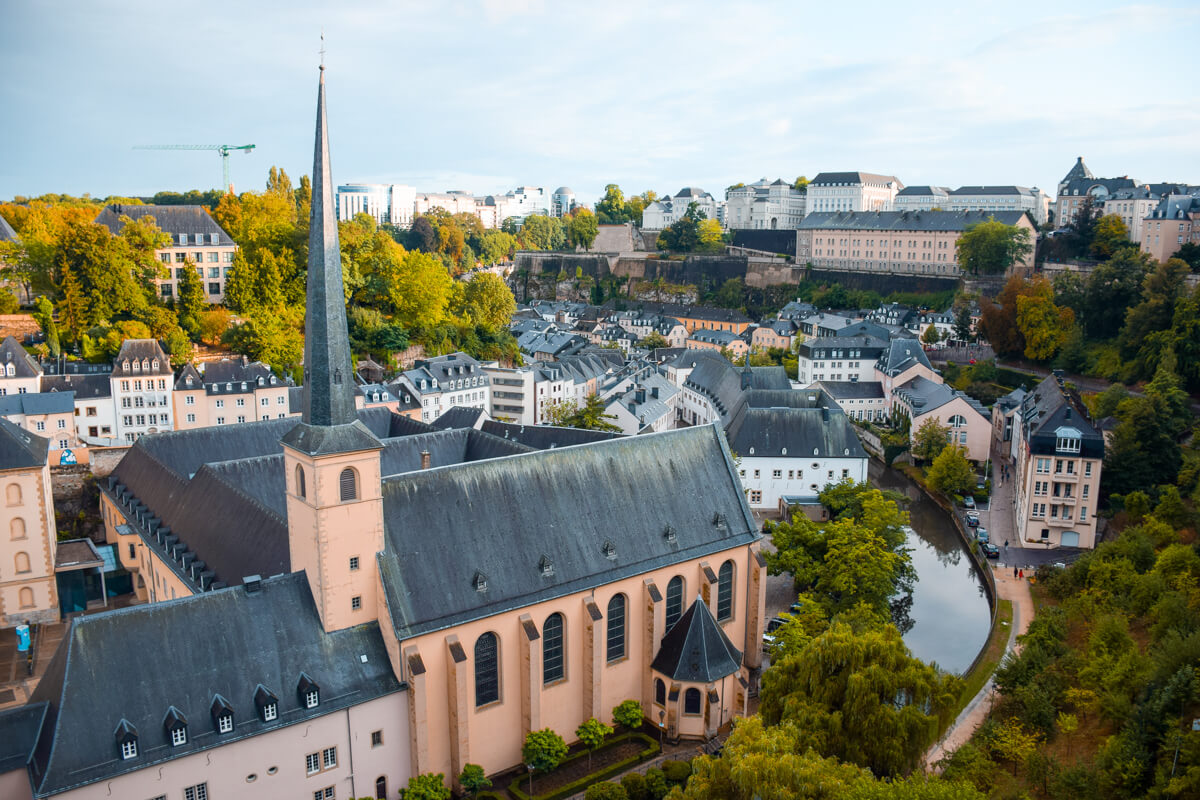
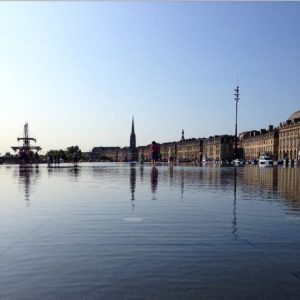 Bordeaux – the Port of the Moon always has be
Bordeaux – the Port of the Moon always has be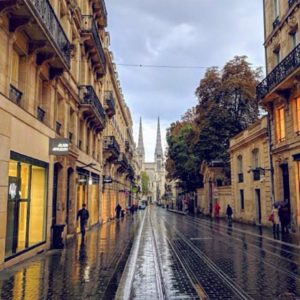
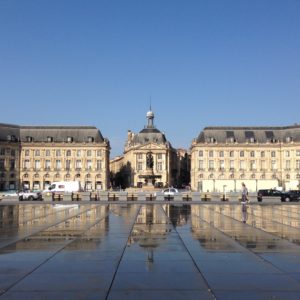
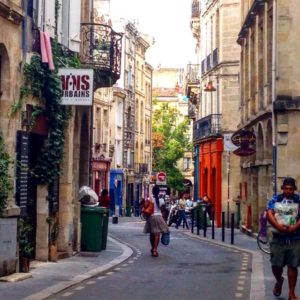 ul as it is. The world heritage of Bordeaux includes many 18th houses and shops, which are in use every day. That’s why the regulations for the old town are very strict: f.e. the doors should always be painted in classic
ul as it is. The world heritage of Bordeaux includes many 18th houses and shops, which are in use every day. That’s why the regulations for the old town are very strict: f.e. the doors should always be painted in classic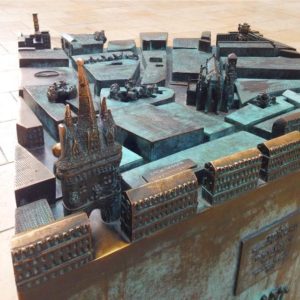
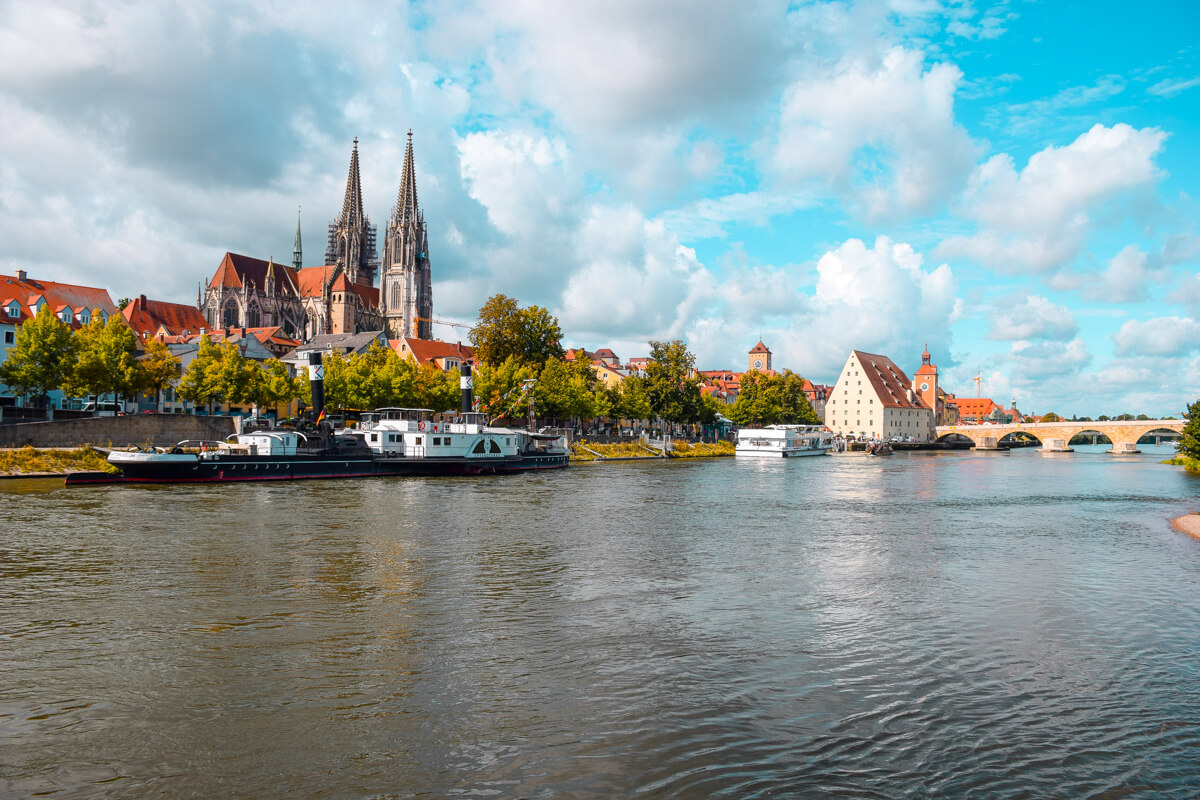
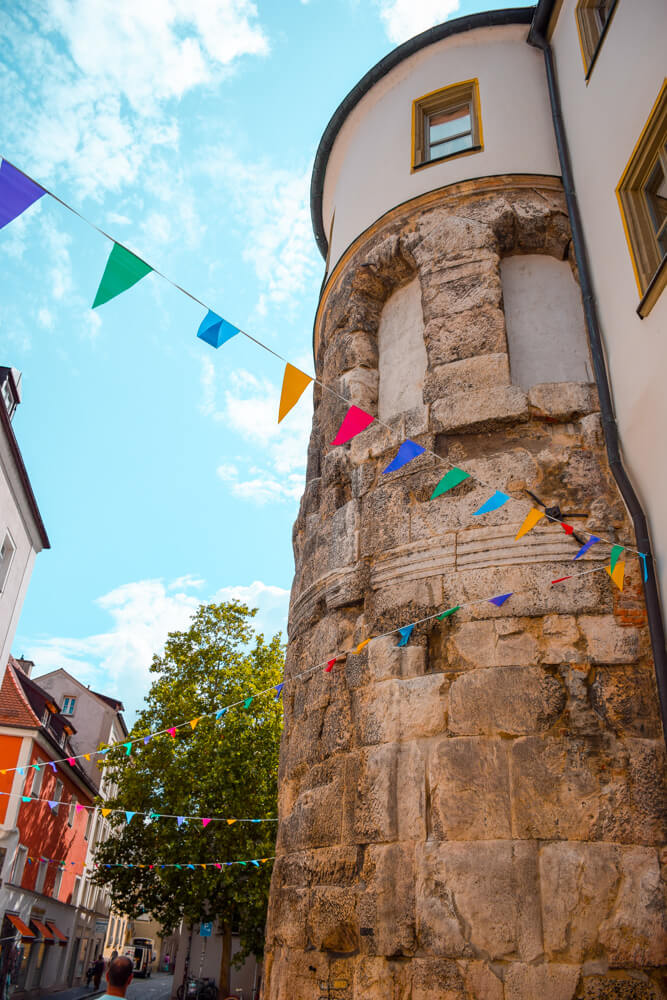
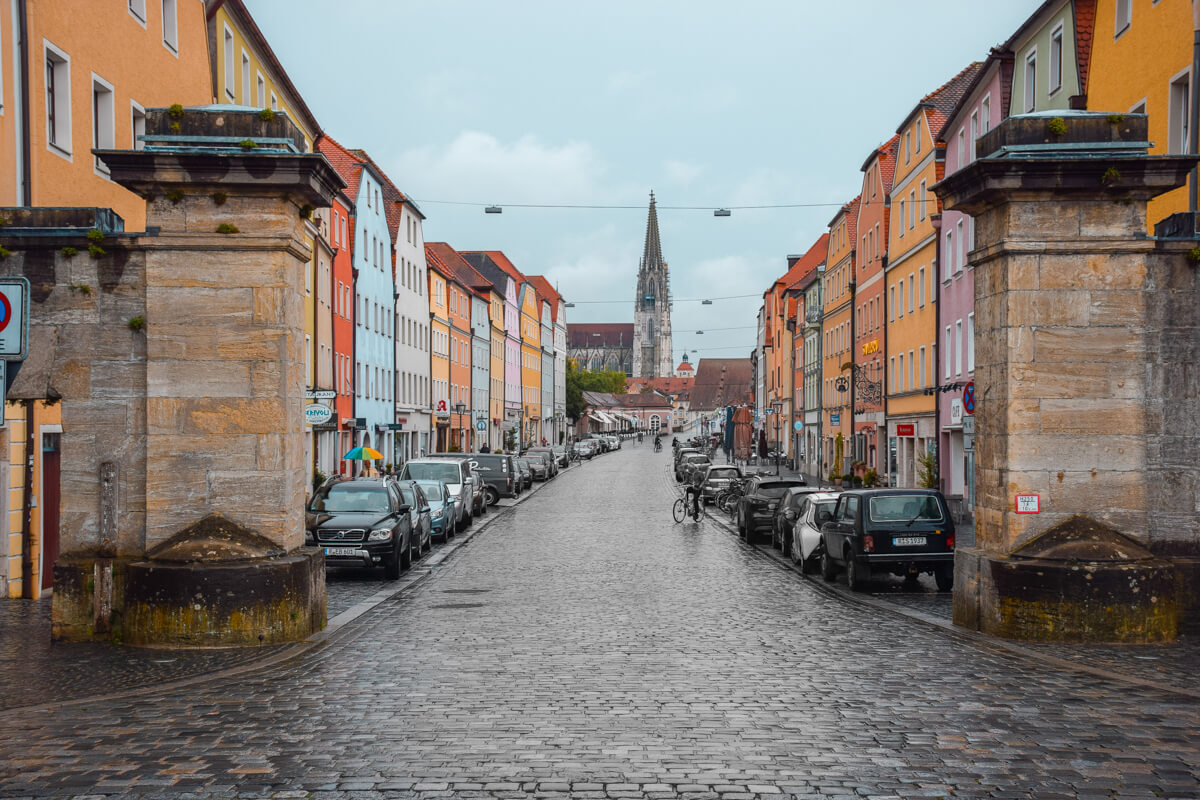
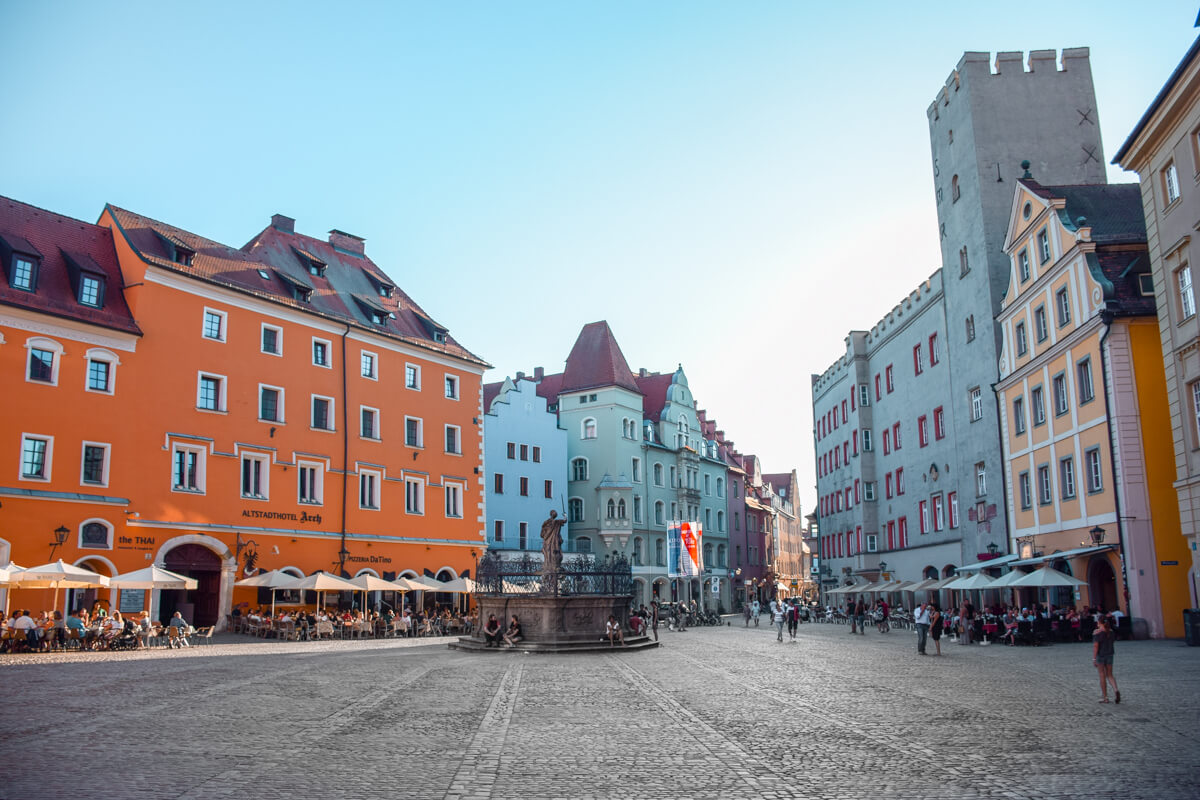
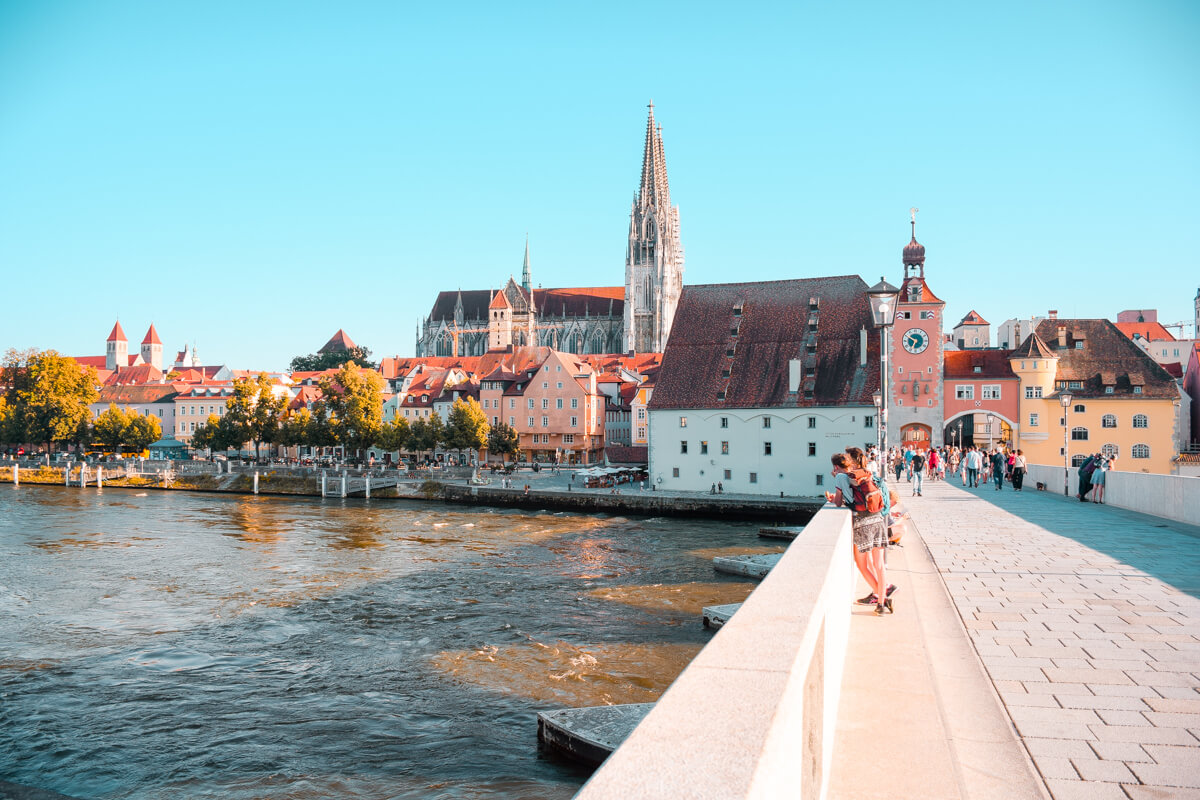
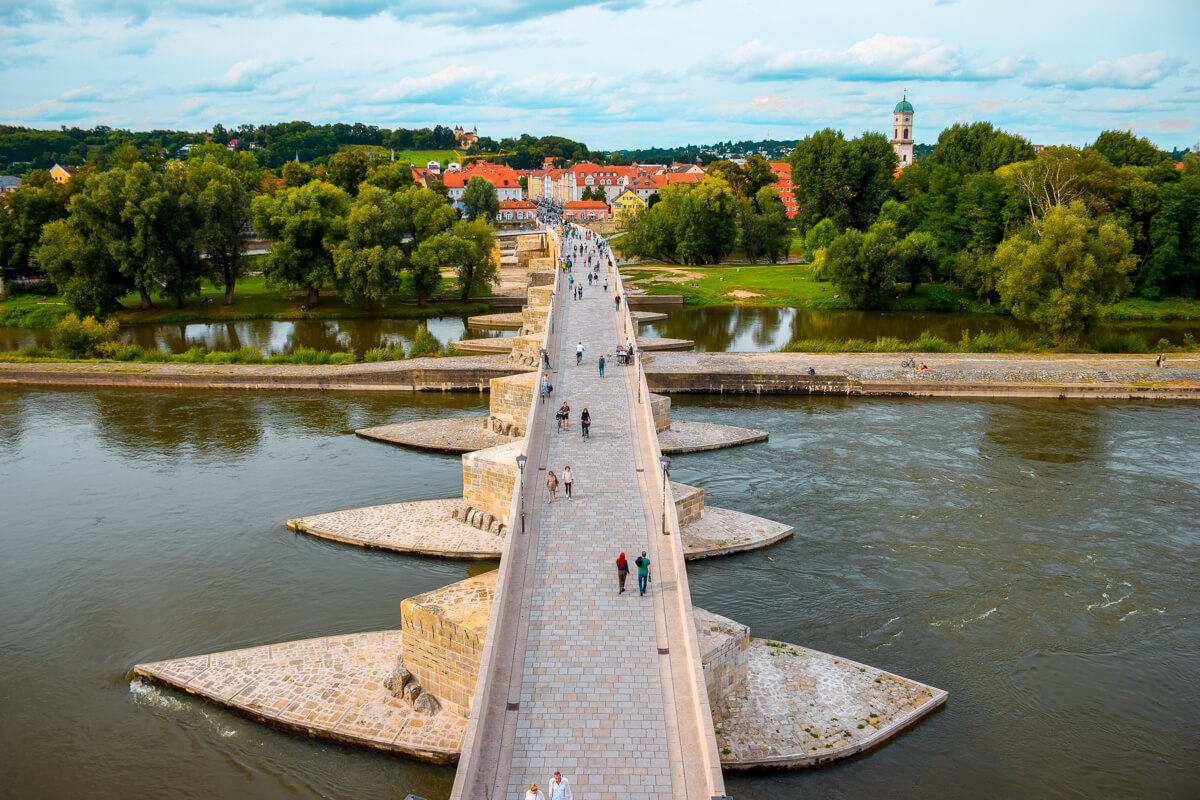
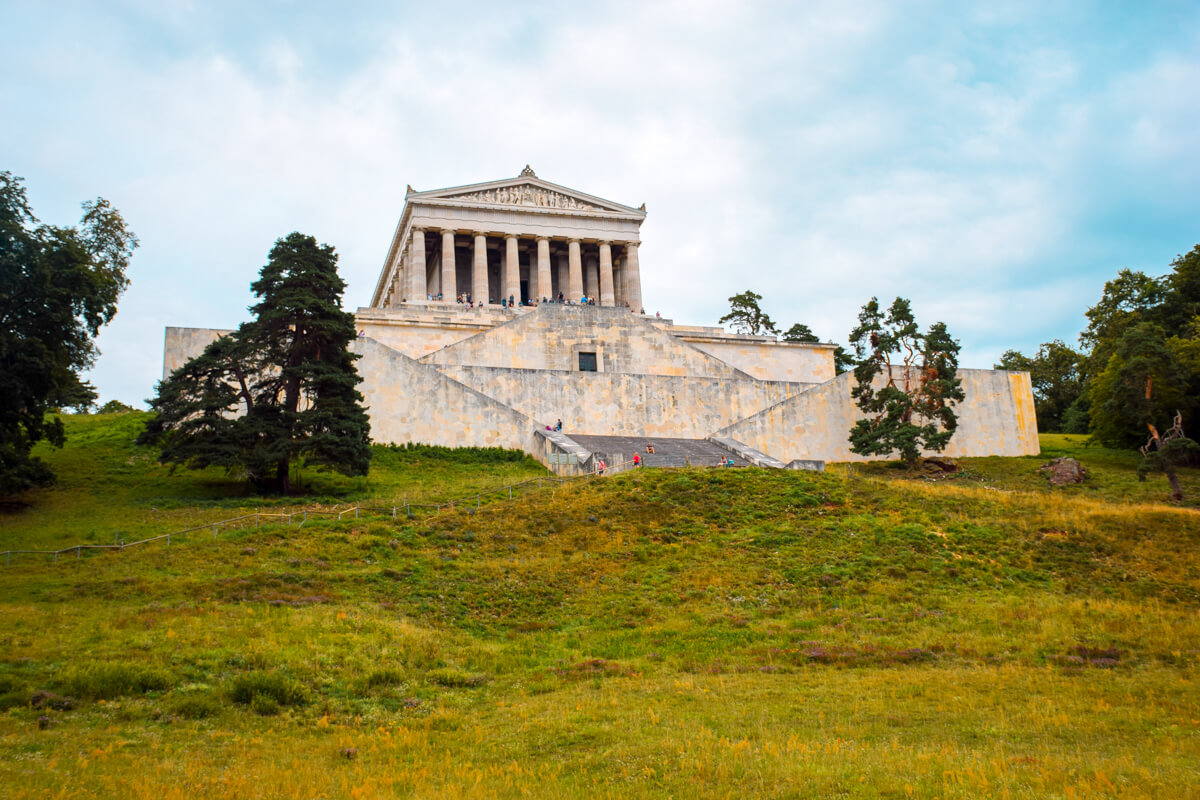
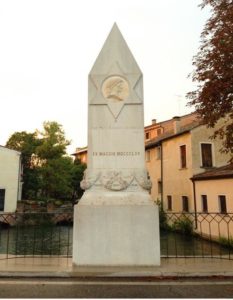
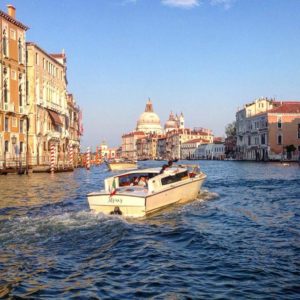 I visited Venice twice before. The first time as a child. I really did not enjoy the city then. Too busy, hot as hell, you can’t move freely and full of street shops and pigeons. Maybe the touristic one day trip with my parents and a bus full of elders wasn`t perfect time to get to know the city either. The second time i went to Venice on a schooltrio. We stayed in Jesolo and visited the 56 Biennial. Even though we ran around around in a big group, it was a different experience. In the evenings after the art exhibitions we wander around with belly’s full of tiramisu and italian vine. Sitting at the water and singing italian songs, well rather butchering them. This time I avoided the busy streets too, went right on a cruse along the shore and visited the Biennial, showing the ever growing evolution of art.
I visited Venice twice before. The first time as a child. I really did not enjoy the city then. Too busy, hot as hell, you can’t move freely and full of street shops and pigeons. Maybe the touristic one day trip with my parents and a bus full of elders wasn`t perfect time to get to know the city either. The second time i went to Venice on a schooltrio. We stayed in Jesolo and visited the 56 Biennial. Even though we ran around around in a big group, it was a different experience. In the evenings after the art exhibitions we wander around with belly’s full of tiramisu and italian vine. Sitting at the water and singing italian songs, well rather butchering them. This time I avoided the busy streets too, went right on a cruse along the shore and visited the Biennial, showing the ever growing evolution of art. 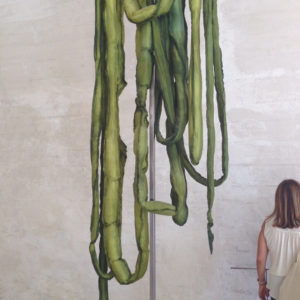
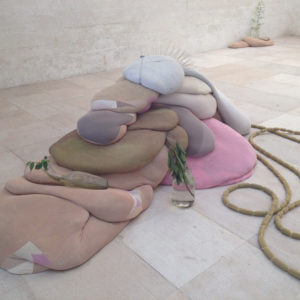
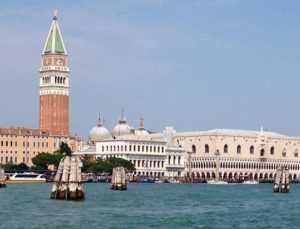
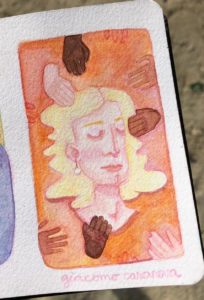 Born 1725 to two actors, Gaetano Casanova and Zanetta Farussi, not only inherited his acting skills but also mother/father complex. Left by his mother at a young age to tour Europe, and his father died. As a child he was treated by a witch for his involuntarily nosebleeds. The “witch” treated him and told him he’d be visited by a beautiful stranger. Later that night, a dazzling woman climbed down the chimney and spoke to him in words he couldn’t understand, and kissed him. In his book L’Histoire de Ma Vie – The Story of My Life he writes that this was the first of many times, a woman’s touch changed the course of his life. His health improved, and in less than a month he learned to read. Casanova said about himself: “I was born for the sex opposite to mine”.
Born 1725 to two actors, Gaetano Casanova and Zanetta Farussi, not only inherited his acting skills but also mother/father complex. Left by his mother at a young age to tour Europe, and his father died. As a child he was treated by a witch for his involuntarily nosebleeds. The “witch” treated him and told him he’d be visited by a beautiful stranger. Later that night, a dazzling woman climbed down the chimney and spoke to him in words he couldn’t understand, and kissed him. In his book L’Histoire de Ma Vie – The Story of My Life he writes that this was the first of many times, a woman’s touch changed the course of his life. His health improved, and in less than a month he learned to read. Casanova said about himself: “I was born for the sex opposite to mine”.
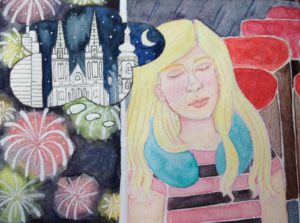

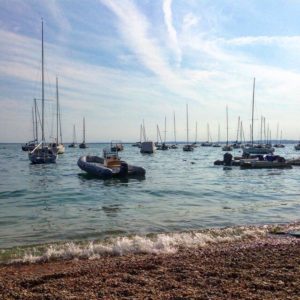
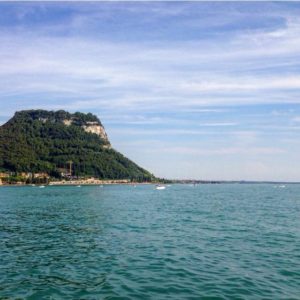

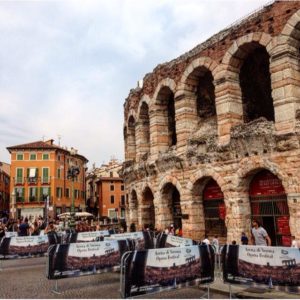

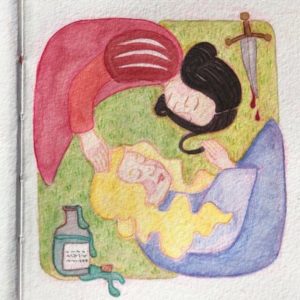

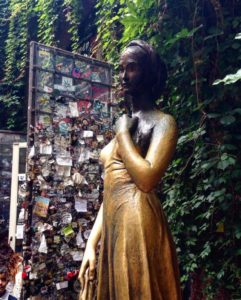 But Shakespeare might still have taken inspiration for real life. Some Shakespearean scholars believe that the writers patron, Henry Wriothesley, 3rd Earl of Southampton, inspired Shakespeare’s Romeo. Henry’s stepmother was a descended from the Viscount Montagu. Sounds a lot like Montague. Henry Wriothesley had an unapproved relationship with Elizabeth Vernon. Queen Elizabeth I was not amused about their marriage, the queen put them both in jail as their union was a political threat to her reign. Unlike the real Romeo and Juliet, the Wriothesley and Vernon were later released and lived “happily ever after” outside prison.
But Shakespeare might still have taken inspiration for real life. Some Shakespearean scholars believe that the writers patron, Henry Wriothesley, 3rd Earl of Southampton, inspired Shakespeare’s Romeo. Henry’s stepmother was a descended from the Viscount Montagu. Sounds a lot like Montague. Henry Wriothesley had an unapproved relationship with Elizabeth Vernon. Queen Elizabeth I was not amused about their marriage, the queen put them both in jail as their union was a political threat to her reign. Unlike the real Romeo and Juliet, the Wriothesley and Vernon were later released and lived “happily ever after” outside prison.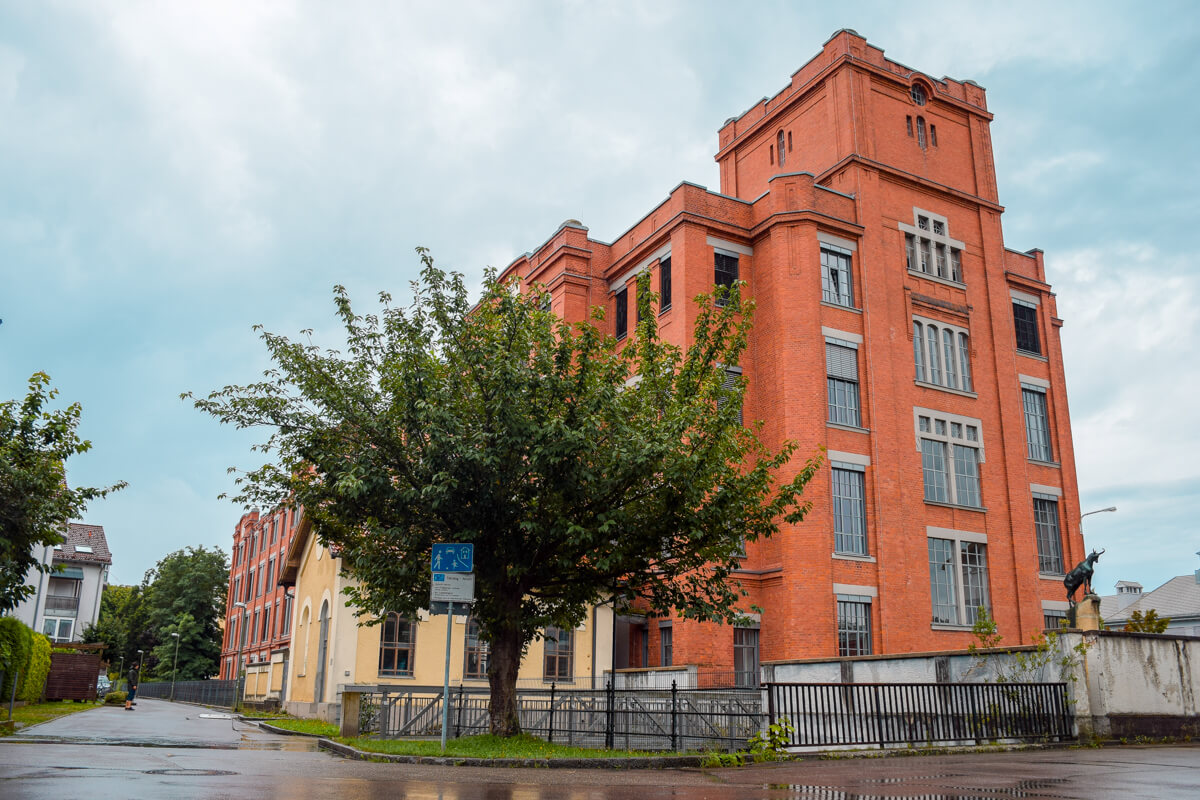
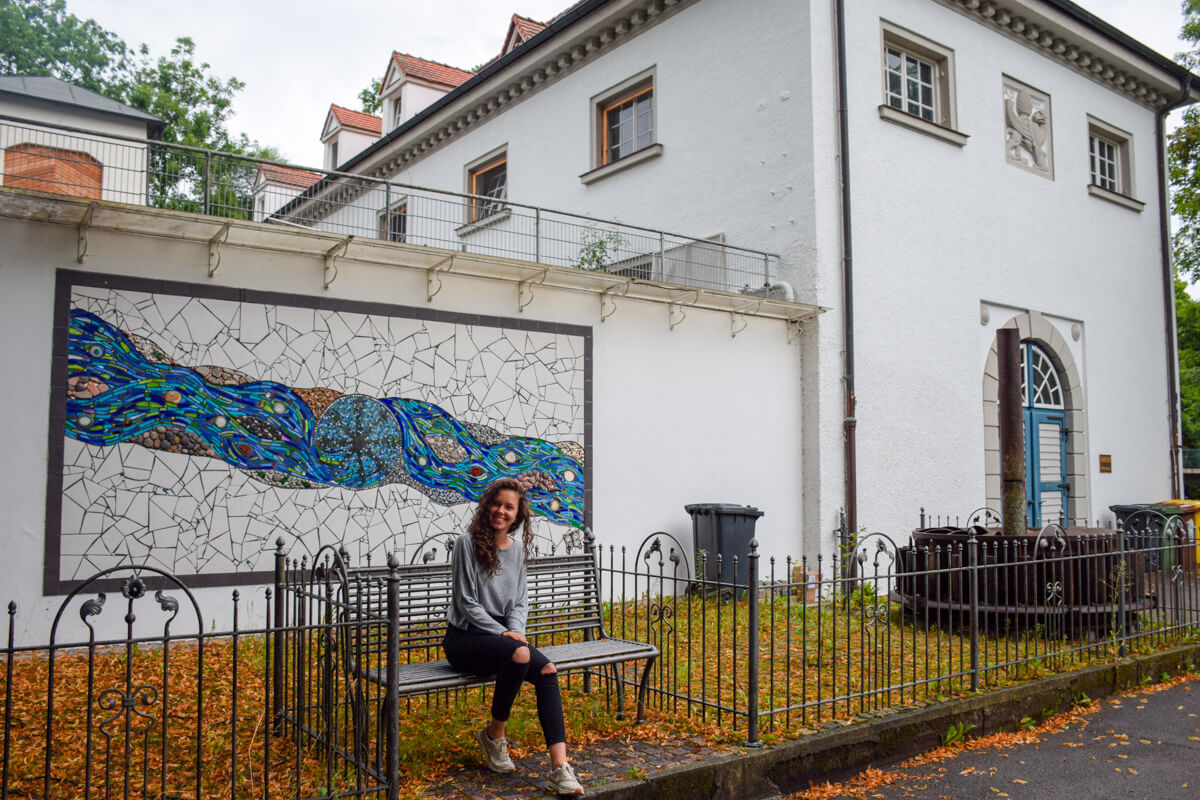
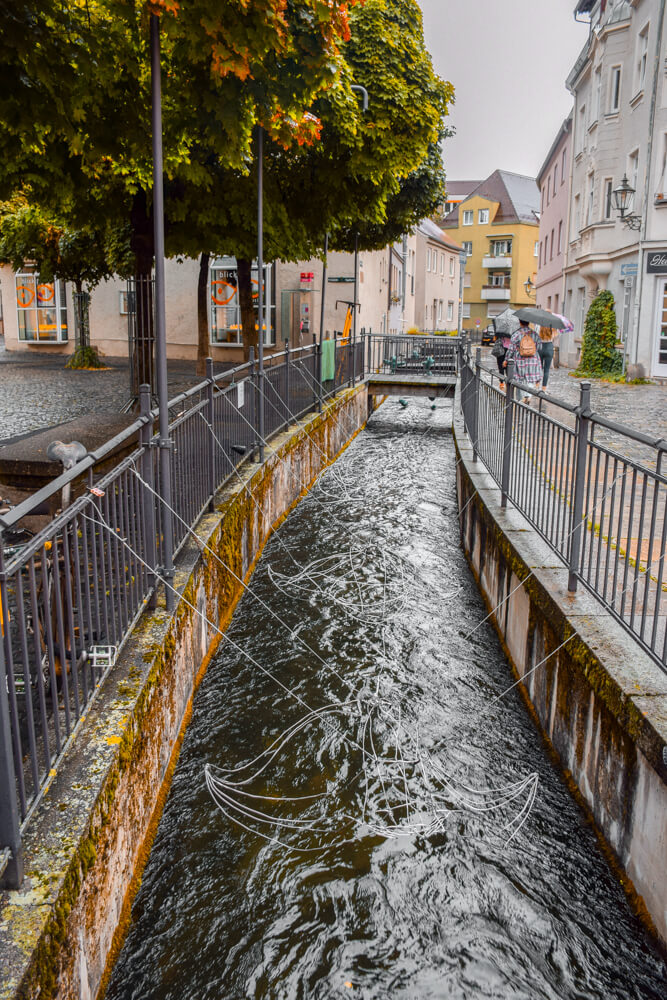
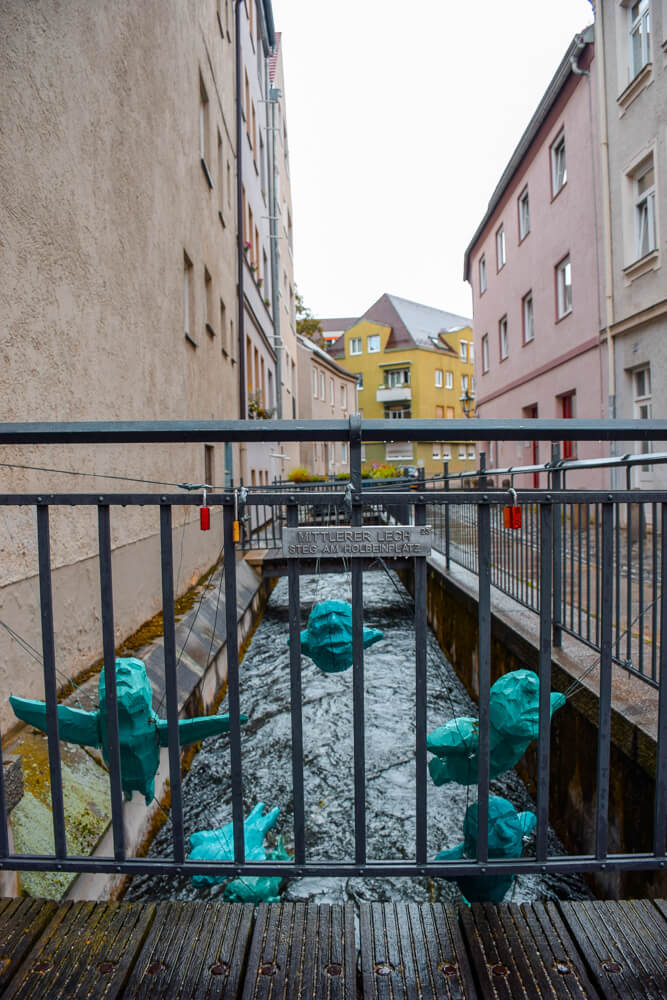
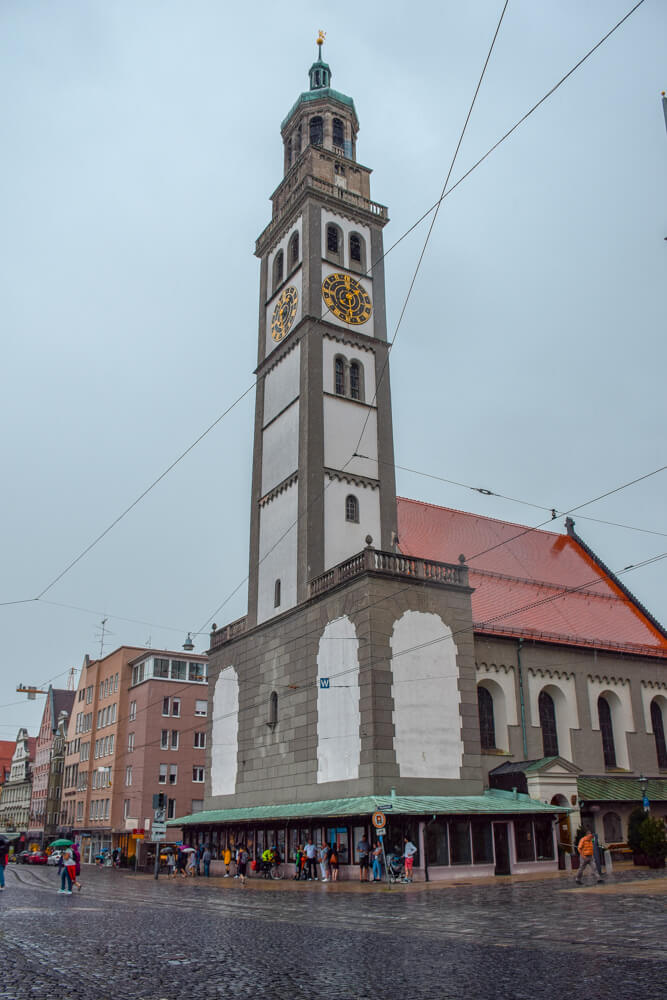
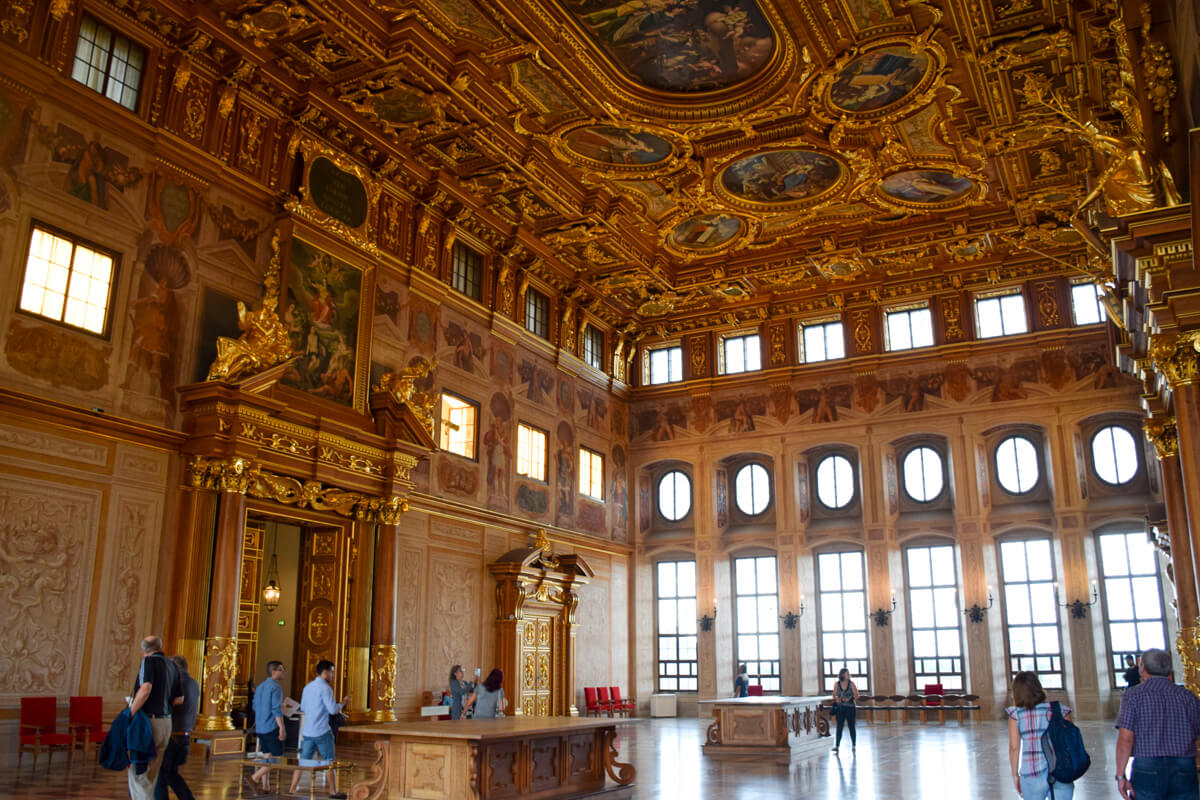
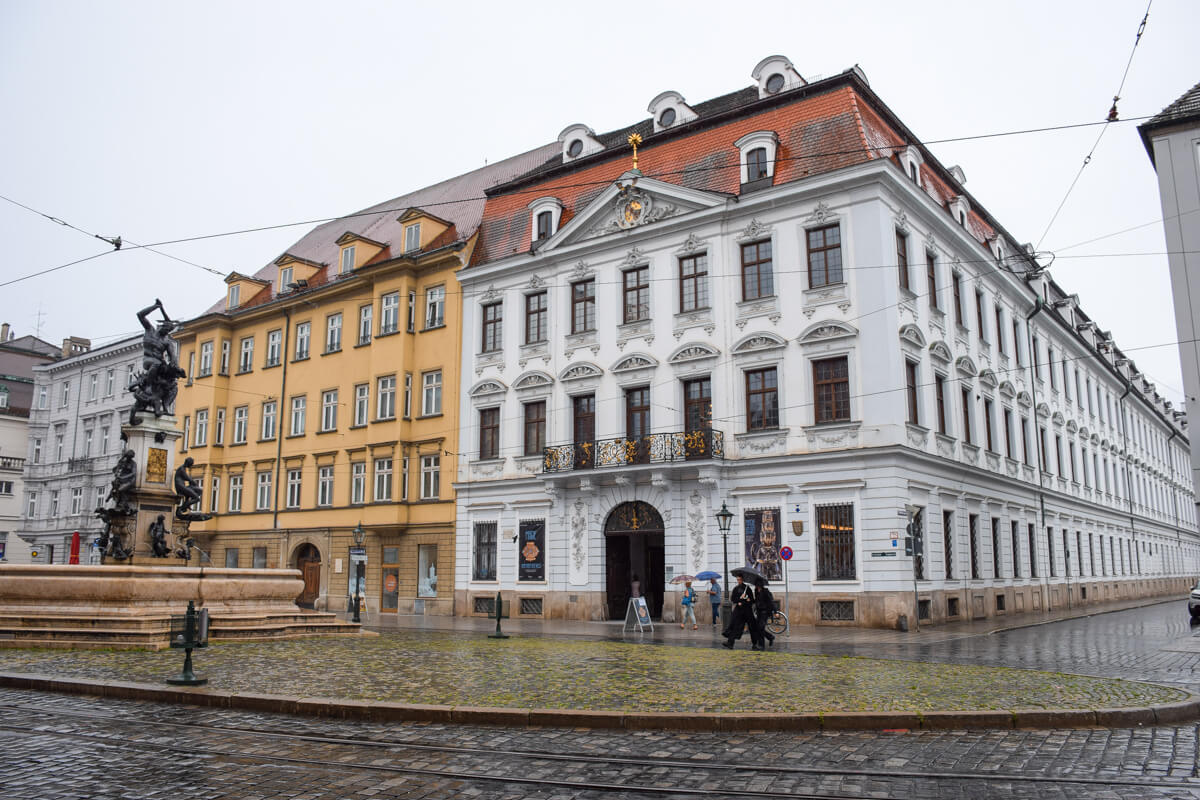
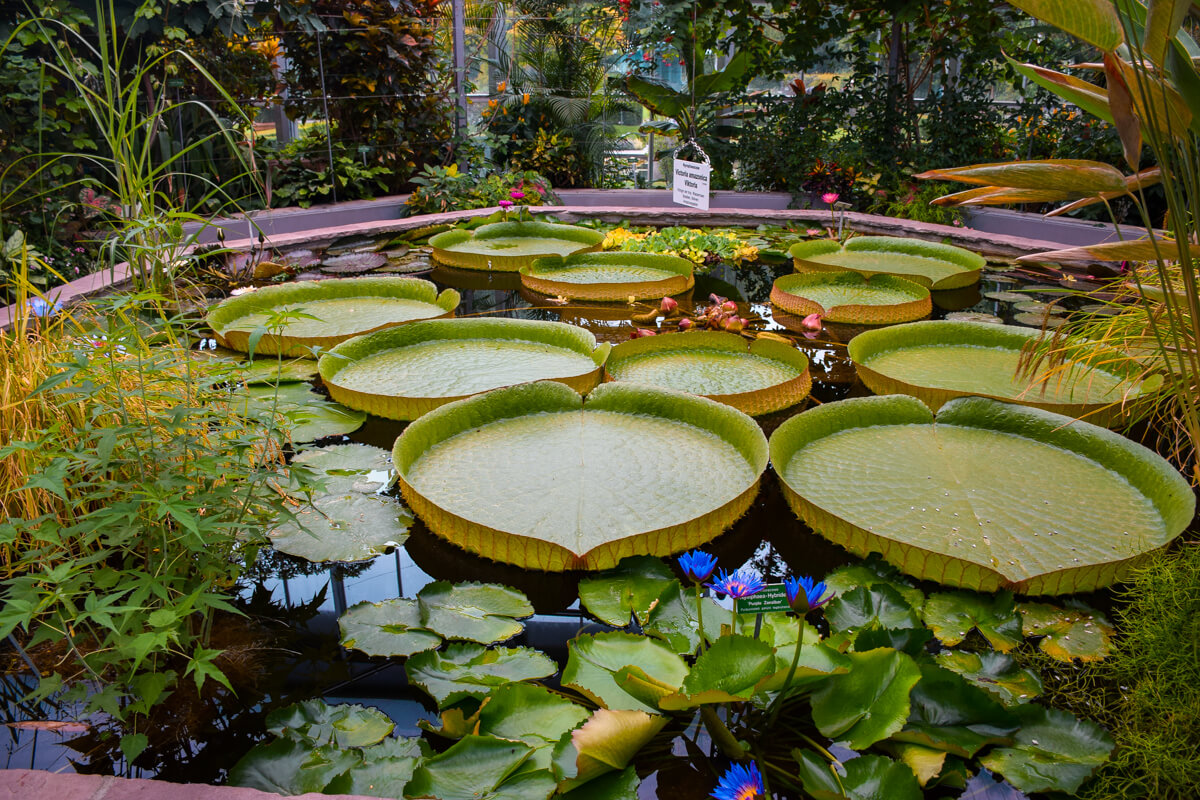

 The princess stayed and persuaded the shepherd to drink some wine with her. After a while he began to feel very happy. “All right” – he said. “Take the sheep with the fleece of gold. But first you must give me a kiss and be my wife.” – “Very well. But I want only the sheep’s fleece, not the meat” – she answered. The girl took the fleece back to her father. And the Prussian king was very happy.
The princess stayed and persuaded the shepherd to drink some wine with her. After a while he began to feel very happy. “All right” – he said. “Take the sheep with the fleece of gold. But first you must give me a kiss and be my wife.” – “Very well. But I want only the sheep’s fleece, not the meat” – she answered. The girl took the fleece back to her father. And the Prussian king was very happy.